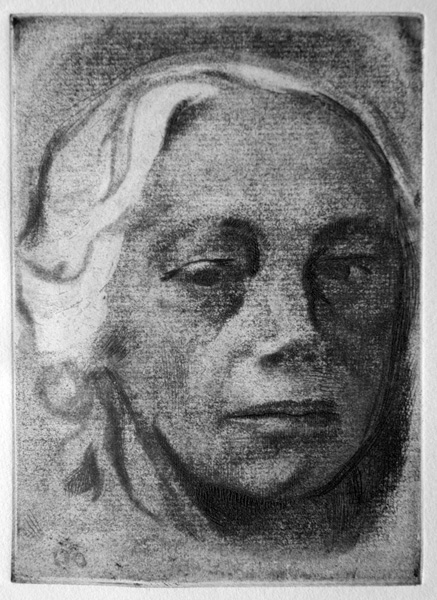 |
| Schloss Moritzburg |
|
|
Roughly 12 miles from Dresden is a little town out in the farmland called Moritzburg, named for the eponymous castle which was a hunting "lodge" for the 17th-18th century Dresden monarchs. Took a little trip out there recently. Absolutely idyllic, gorgeous castle in the middle of a lake, accessible over causeways.
 |
| Rüdenhof, where Käthe Kollwitz died, with Moritzburg Lake in the background. She had a good view. |
|
Across the street from the lake is a house named the Rüdenhof which is now a memorial and museum to the artist Käthe Kollwitz, who spent her last year there as a war refugee from Berlin, and died in her room there on 22 April 1945. What I learned: I knew that she had a Dresden connection, as "Käthe Kollwitz Street" runs along the left bank of the Elbe for several miles, just a couple blocks away from my apartment. But I didn't know the details--that she came to Moritzburg as a refugee after her apartment in Berlin was destroyed in bombings in 1943, and died there at age 77.
 |
| self portrait |
|
She had lived a fairly good life as a well-respected artist, married to a doctor. This in spite of official disapproval of her work by the Nazis. But most of her best known work came earlier. I don't know lots about her, but it seems my older image of her as a poor, starving woman comes more from her work, and less from her own life. She did lose a son to WWI, however, and wartime loss and privation is certainly consistent with what I knew of her influences and aesthetic.
In 1934, the town containing the Moritzburg Castle was re-named "Moritzburg" to match the town's dominating landmark. Here's the quiz: What was its former name, the name it had carried for centuries?
(a) Eisenberg
(b) Freiburg
(c) Herzberg
(d) Pitzburg
For extra credit, WHY was it renamed?
Answer someday.


 Saw a wonderful sign within the castle area, just across from the side of the castle cathedral: "Historical Prison, with building permits, for lease or sale." I want to put in an offer, and when they ask what I plan to do with it, say "Keep prisoners there, of course."
Saw a wonderful sign within the castle area, just across from the side of the castle cathedral: "Historical Prison, with building permits, for lease or sale." I want to put in an offer, and when they ask what I plan to do with it, say "Keep prisoners there, of course."

